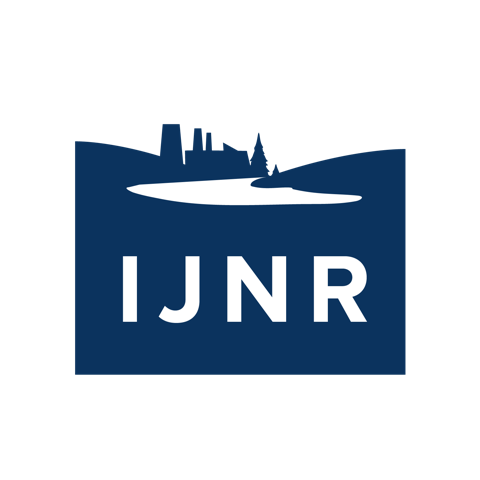Lake Superior Day 4
Over breakfast at Pike's Bay Marina, the group met with representatives of the Center for Freshwater Innovation at Northland College, the Bad River Band of Lake Superior Chippewa, and Farms not Factories, to discuss threats to water quality. Earlier this year, the Wisconsin
Department of Natural Resources received an unusual permit application – one for a 26,000
hog concentrated animal feeding operation only 8 miles from Lake Superior. The state is known
for cows, not pigs, and especially not so far north. Some area residents, still celebrating the
shelving of the proposed iron mine in the area, see the proposal as a new threat to the water
supply. The journalists heard about new research on potential climate change impacts in
the watershed, as well as work modeling the flow of Lake Superior water. After learning
about where the water goes, they heard concerns from tribal officials, mayors and local residents.
From here, the group headed over to Fish Creek, which will drain any runoff from the farm into Chequamegon Bay and Lake Superior, and climbed into kayaks and canoes for a tour. They were joined by speakers from Wisconsin DNR, the University of Washington, and the Great Lakes Indian Fish and Wildlife Commission.
However, not everyone is up in arms about the proposed CAFO. In fact, many area residents are
either on the fence, or fully behind what they see as an economic boon to an area that lacks
employment and revenue opportunities. The fellows had the opportunity to meet with county supervisors and local residents who are in favor of the plan, and hear their reasoning.
Next, the journalists returned to Duluth to learn about a different kind of water threat: Superstorms. In June of 2012, Duluth and Superior experienced an epic storm and flooding that blew out stormwater infrastructure and even set animals free from the zoo (without an ark, no
less!) Since then, and like most municipalities in the country, Duluth has revisited its aging
infrastructure, trying to prepare for the next storm. The problem is complicated by the fact
that impermeable clay is the predominant substrate and much of the city sits on a steep hill.
The fellows had the opportunity to get underground and tour some restoration projects, aging infrastructure and century-old tunnels.
